OK ... perhaps this is not EVERYTHING you ever wanted to know -- but, while screening Disneynature's Chimpanzee I was just as enamored with what went on behind-the-scenes while making the film as I was with the storyline of Oscar and his family. I mentioned in my Chimpanzee movie review that visually, the film was stunning and more than once I questioned myself on how this movie came about...
How rare was it for an alpha male chimpanzee to adopt a baby?
Was Oscar's mom really killed?
How close did filmmakers get to the chimpanzees?
Luckily, I had the inside scoop to get the answers to these questions. After the red carpet premiere, I attended a roundtable interview with Dr. Jane Goodall and the directors of Chimpanzee, Alastair Fothergill & Mark Linfield.
How rare is it for a male to adopt a chimpanzee?
DR. GOODALL: Well, we, normally, at Gumby, we've had brothers adopt their little infant sister or brother. We had one 12-year old that's like a human 15 or 16 adopt an unrelated infant. And over all these 52 years, I've heard of one other story of an alpha male adopting an infant, so it's very rare. Very rare.
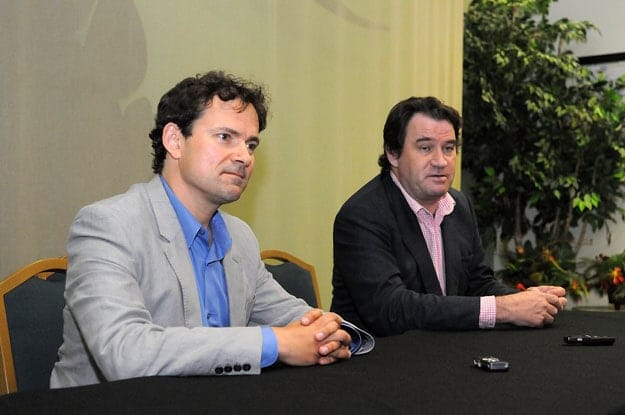
How nervous were you guys when Oscar's mom was killed?
ALASTAIR : Very. I mean, more than nervous. I mean, we were -- I mean, we actually rang up Disney and said, "Sorry, guys. We spent most of your money, and you haven't got a movie," uh, and so, because, obviously, Disney movies have to have a happy ending, and --
MARK : It wasn't looking like one. [LAUGHS]
ALASTAIR : It was, I mean, to be honest, a three-year old, two-and-a-half year old chimp without its mum, is basically a death sentence. There's just no question. And then for that adoption to happen...
Were the chimps in Chimpanzee wild?
ALASTAIR : Most chimpanzees in the wild are completely frightened of human beings. So the only chimps that you can work with are what are called habituated chimps, and these are chimps where scientists have spent literally five to ten years getting the chimps used to a human presence ... Jane Goodall was one of the very first people to do it.
How close did filmmakers get to the chimpanzee?
MARK: We were never allowed to be more than seven meters from the chimpanzees. A very good reason for that is that chimpanzees are very susceptible so we had to be extremely careful not to get close enough for them to catch anything that we might be carrying ... we also had to wear face masks ... that's to stop us giving them germs, not the other way around. So, we had this -- we couldn't get closer to seven meters. Obviously there are some huge close-ups in there, but that's, of course, good lenses. Can bring you right in. Um. And, um, one of the problems, actually, of only being able to get seven meters away, is that usually between you and seven meters from a chimpanzee, there's lots of foliage in the way.
How many hours of film were there for Chimpanzee -- how long did it take to make?
ALASTAIR: I mean, literally, thousands of hours. For this movie, we had --
MARK : 700 ... Days. Spread over three and a half years.
Where was the movie filmed and where did you stay?
ALASTAIR : We had to build, I mean, we had to build a special camp in the forest, so, basically, the Tai Forest is in the Ivory Coast in West Africa ... The capital city, Abidjan, is on the coast. And it was about a ten-hour drive on a pretty hairy metal road, and then a four-hour drive on a road that, in the rainy season, was a mud road, which was really quite challenging. And then we had to walk for another two hours in the forest, and one of our fantastic team guys actually built a hut. They had a research station there. The scientists had a small research station. But that was just big enough for the three or four.
What were some of the dangers of filming in this environment?
ALASTAIR : Dangers-wise, um, tropical diseases were a key issue. That was quite hairy. You know, there's Ebola in that part of the world. There's -- you have to be very careful. Certainly, some very dangerous snakes. But, definitely, the most dangerous thing is driving. African roads can be interesting at times.
How did you film for so long with very little impact on the environment? Did you take any steps to just make sure that your presence was kept to a minimum and weren't invasive?
ALASTAIR: With the chimps we were very, very careful. We always wore the same green clothing. And the reason for that was, if there were any poachers that would be coming in, they would probably not wear that clothing. So the chimps got used to us in green. We never ate in front of the chimpanzees. We never peed in front of the chimpanzees. We never looked directly at the chimpanzees. And in our camp itself, we carried in all of our food, and we had a very good, um, com -- um, decomposition system for feces and this kind of thing.
How old would Oscar be now?
ALASTAIR: Four and a half - five.
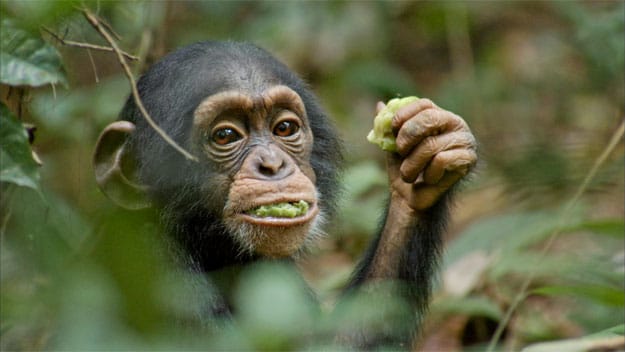
Chimpanzee is now open in theatres and if you see the film before April 26, a portion of each ticket will go to the Jane Goodall Institute. For more information visit Disneynature Chimpanzee and also see my interview with the McClain Sisters.
Special thanks to Walt Disney Pictures, Global Resort Homes and the Kissimmee CVB for sponsoring this event. All opinions are my own.


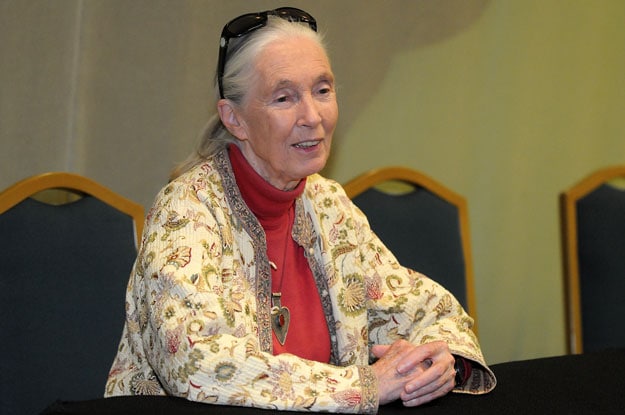

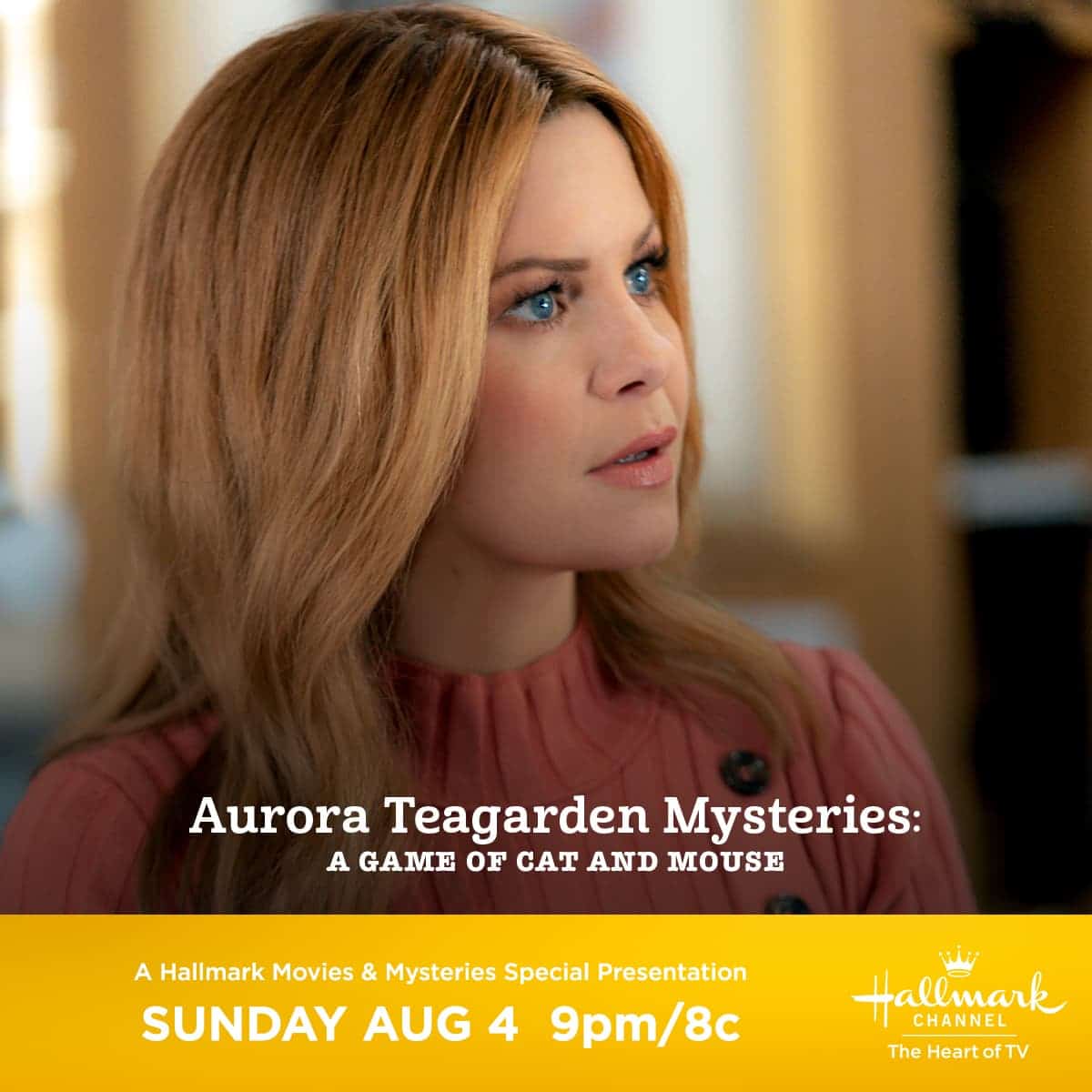
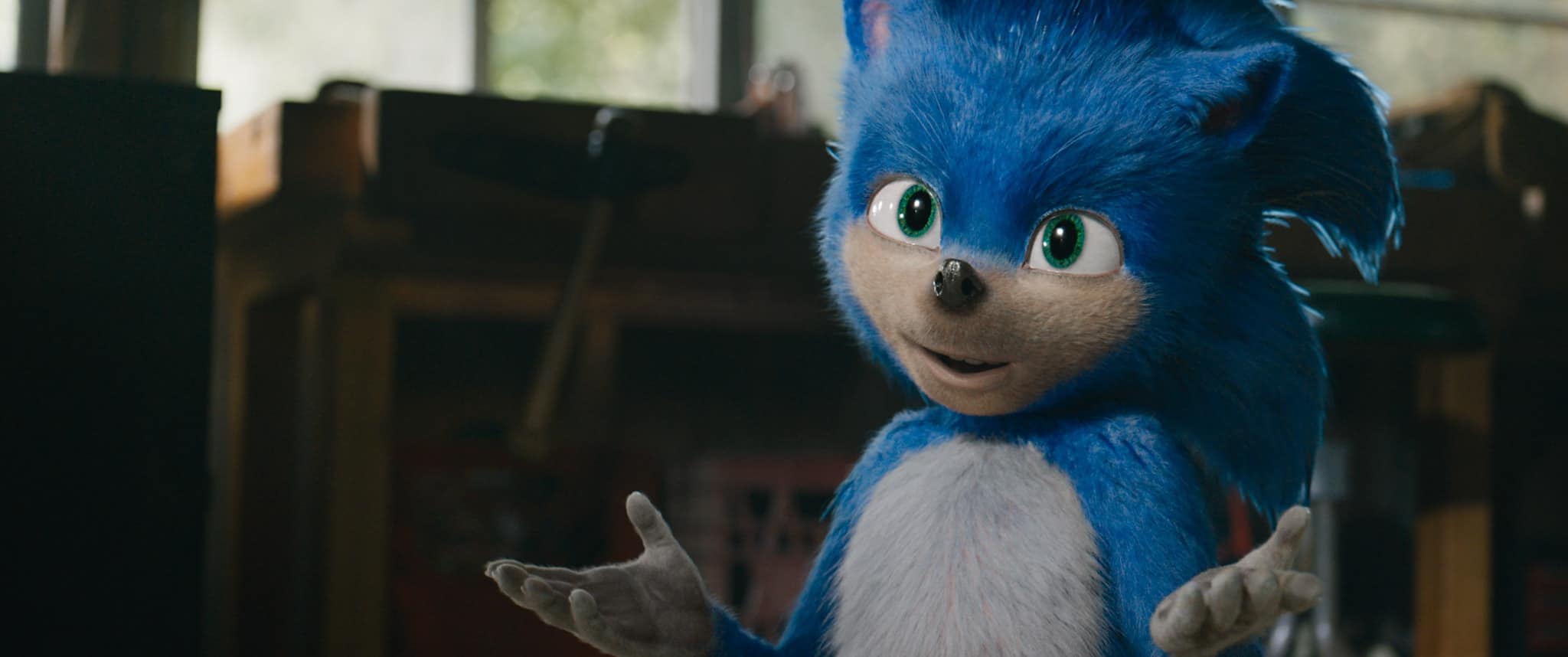
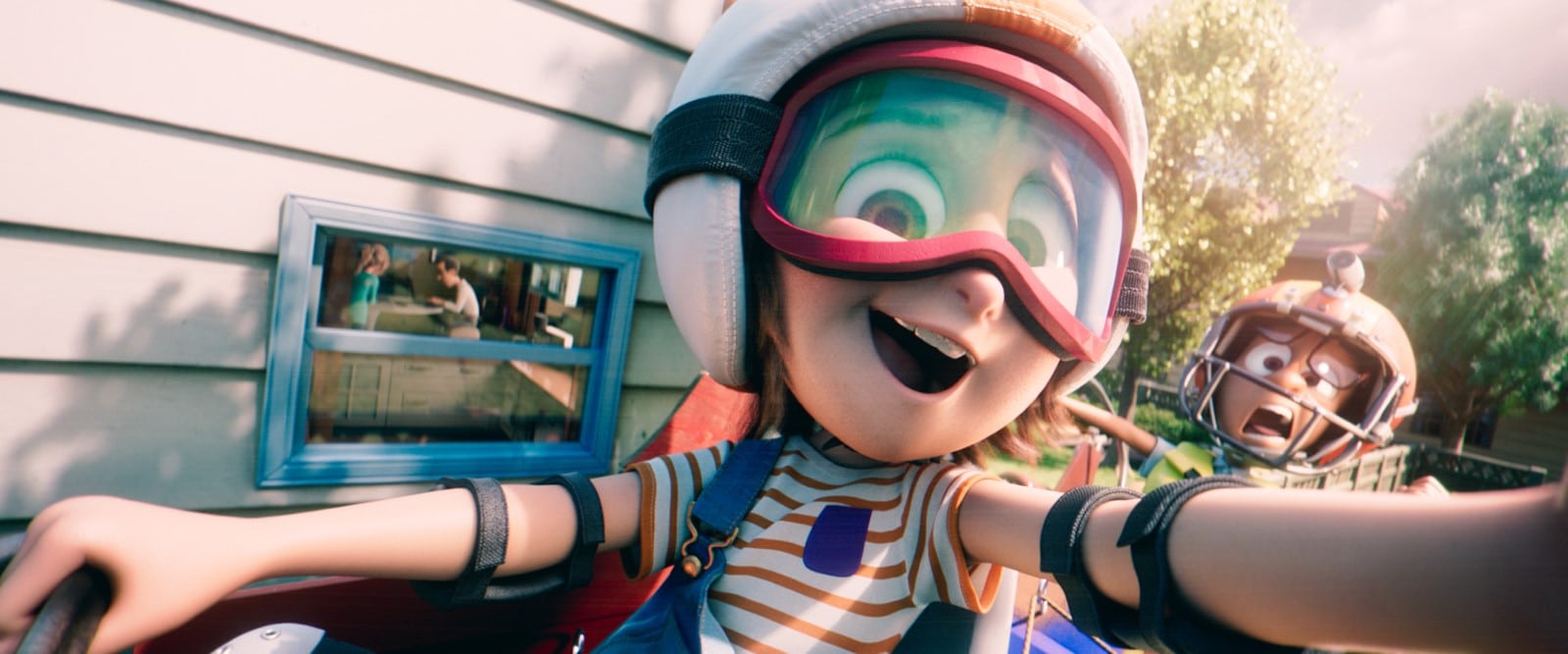
Melissa
Thanks for sharing! I was really interested in learning more about the film making process!